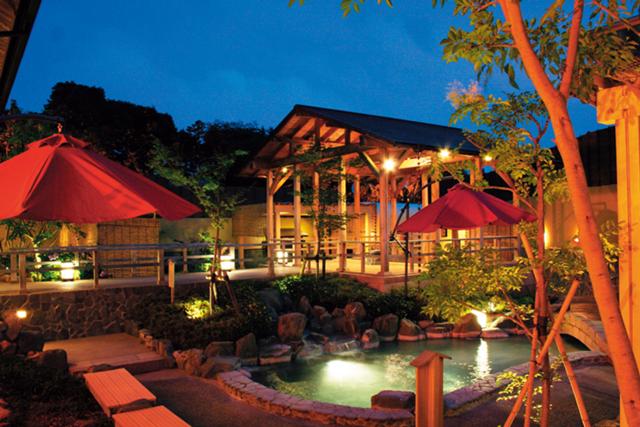Today is the first day of spring in Japan.
At least that's what the lunar calendar is saying. (But the temperature is telling a different season.)
The first day of spring in Japan is called Risshun. There are no special events during this day. Instead, the celebration happened yesterday, the last day of winter. This is called SETSUBON. In translation it means ''seasonal division.''
There's an ancient belief that when the seasons are about to change, the spirit world and the human world are in close contact. The spirits can wreak havoc to the human world. To avoid this, people wearing an ogre's mask should cast out the spirits from their houses... with roasted soybeans! While throwing soybeans, these phrases should also be uttered ''Oni wa soto, Fuku wa uchi'' (Devil get out, Happiness come in!)
Because it was setsubon yesterday, the school lunch included roasted peanuts coated in sweet batter. Actually, that's how I knew it was setsubon yesterday. A teacher explained to me that we have to eat roasted peanuts on Setsubon. Japan has a lot of traditional food for every occasion, I suppose. Aside from peanuts, we can also eat roasted beans and makizushi. These food will bring us good fortune.
For a clearer and idea of the Setsubon, here are some websites and blogs you can check out: (It's Wednesday today, time to
Share Other Blogs/ Bloggers)
1. (Of Japan) Awaiting the spring in Japan- Setsubon
Aside from explaining the rituals on Setsubon, it also has an information of Setsubon celebrations in different parts of Japan.
2. (Human Japanese) Setsubon
This summarized version the rituals during Setsubon. I included this entry because of the scary ogre picture on this post.
3. (Elementary Japanese Blog) Happy Setsubon is Coming Up!
This blog is maintained by Japanese teachers. I admire their efforts to write in English. Since the writers are Japanese and they know their customs more than foreigners do, they're more credible to talk about Setsubon. What's unique with this blog is it also features what the students did during the Setsubon.
4. (Zooming Japan): Setsubon; Bean Throwing Day
This post described the rituals on Setsubon in a personal funny way.
Aside from eating the peanuts in the school lunch, I alse ate a whole, uncut maki roll yesterday. A kind neighbor invited me to her place. Then she explained how we should eat the maki facing the ''lucky direction.'' I don't know what direction we faced but the maki tasted good! I have a kind neighbor who served a free delicious make- I'm definitely fortunate.
Happy spring!!!



